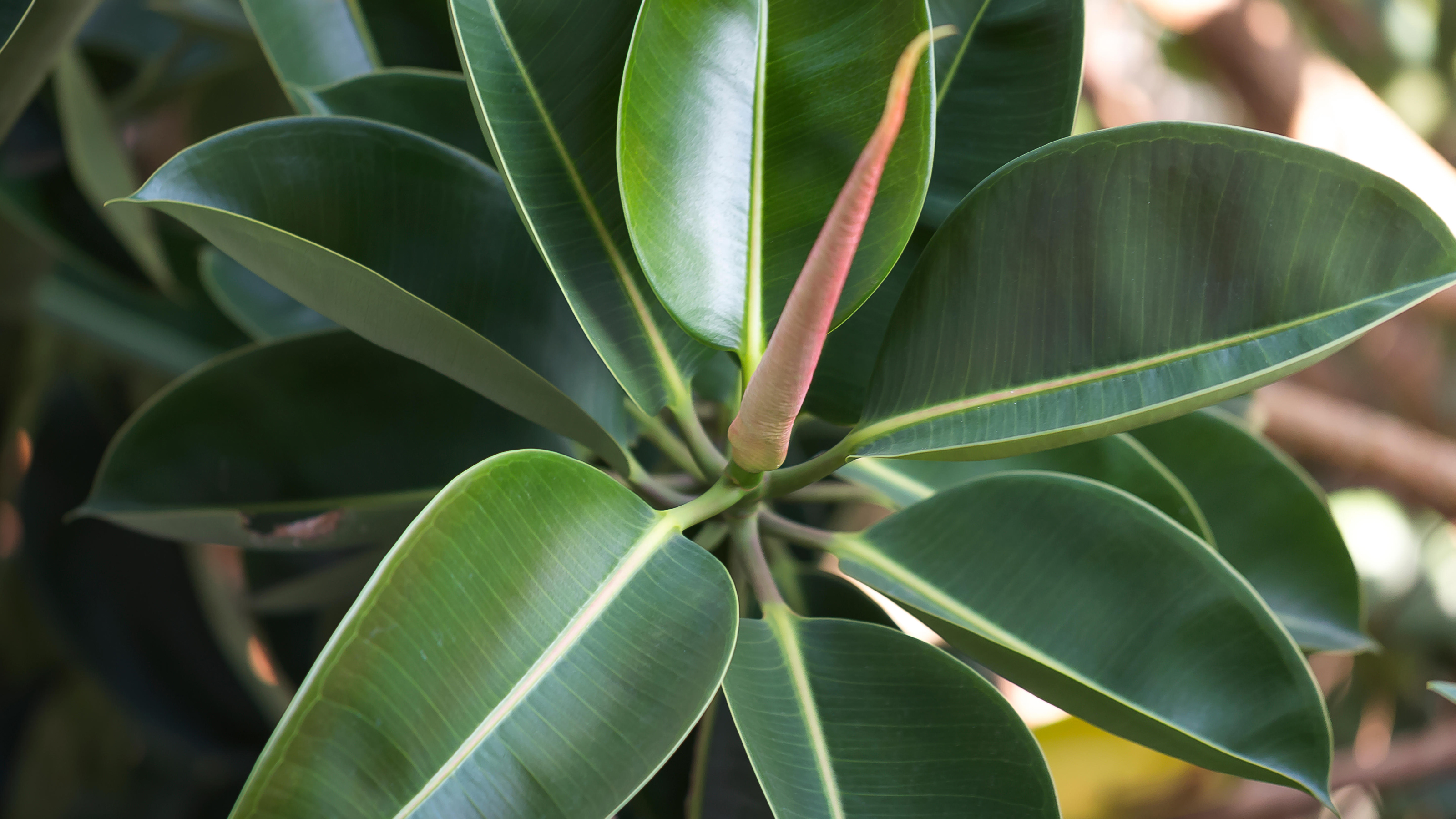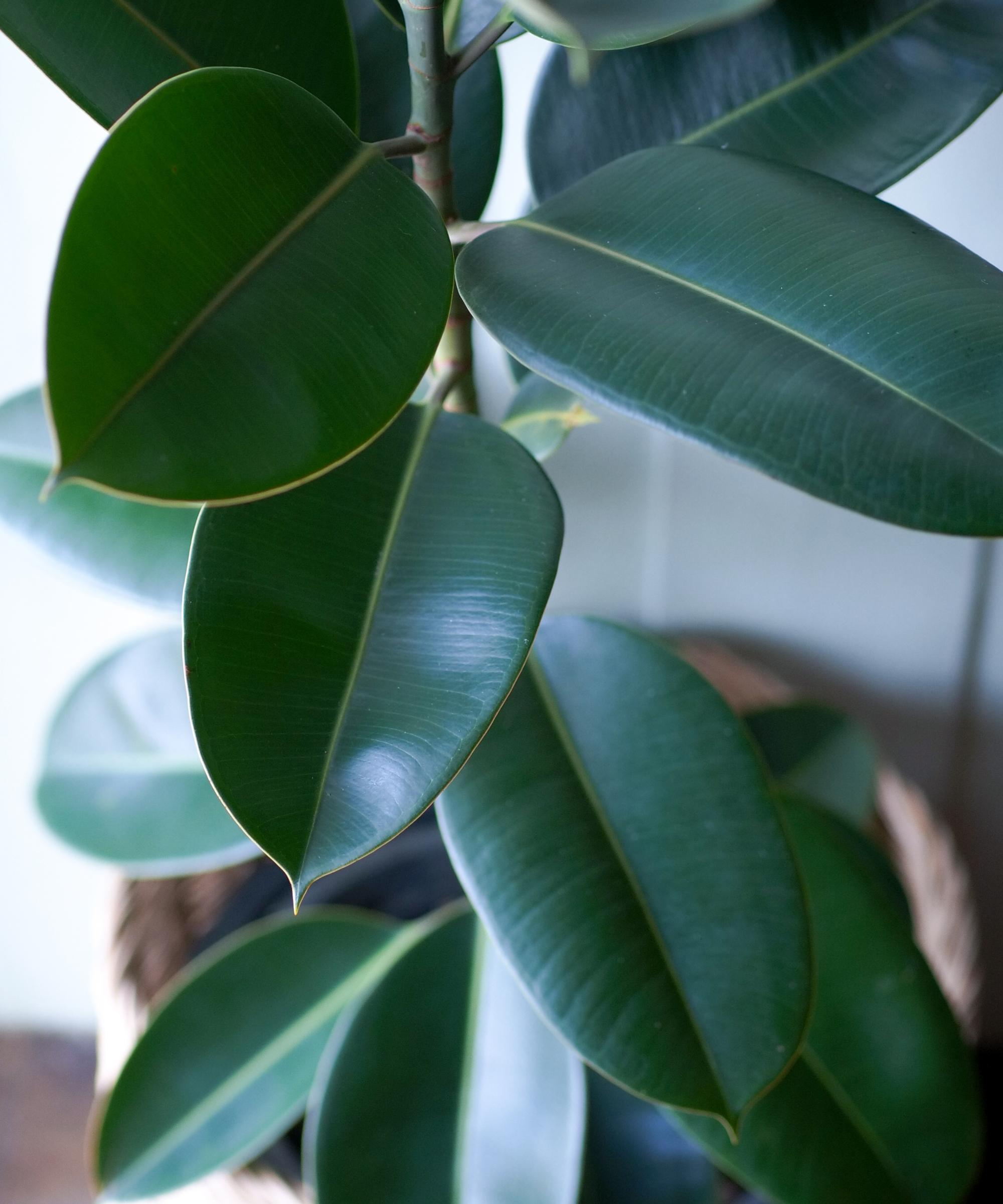Houseplant clinic: why is my rubber plant dropping leaves?
Wondering 'why is my rubber plant dropping leaves'? Expert help is at hand

Asking yourself, 'why is my rubber plant dropping leaves'? Rubber plants are easily the most popular house plants out there, and it's easy to see why. They have gorgeous glossy leaves, live for many years, and are very resilient.
Like all other best indoor plants, though, with prolonged incorrect care or neglect, rubber plants will begin to suffer and drop their leaves as a result. We asked a houseplant expert to advise on the possible causes and appropriate remedies.
Why is my rubber plant dropping leaves?
There are several potential causes of a rubber plant dropping its leaves. Emilly Fernandes, California-based plant expert and consultant at House Grail, names a change in lighting as the most common reason. Emilly explains that 'this happens most often when the plant is brought inside if it is outside.'
Rubber plants are a type of ficus, and ficus trees do like plenty of bright light. If your plant is used to a bright spot and suddenly finds itself in a dark corner as part of your indoor garden ideas, it may start dropping its leaves.

The next most common reason a rubber plant will drop its leaves is issues with watering and humidity. Emilly points out that 'since rubber plants need higher humidity, if your house doesn't have enough, it will cause leaves to fall because they are drying out. This most frequently happens during the winter.' Rubber plants placed next to radiators are especially at risk, although rooms that regularly use dehumidifiers may also be unsuitable for these plants.
A rubber plant will also drop its leaves when overwatered. As Emilly explains, 'most people think that leaves will drop due to under-watering, but it's often due to overwatering especially if plants are drought resistant like the rubber plant.' Watering plants only when they need it is key to keeping them healthy.
In rare cases, a pest infestation may be to blame for a rubber plant losing its leaves. Scale insects are the typical culprit and you will see them on the leaves and stems.

What should I do to help a rubber plant that's dropping leaves?
If lighting is the issue, Emilly recommends slowly acclimatizing your rubber plant to new conditions 'instead of bringing it in suddenly.' If needed, 'you can use lights to prevent the leaves from dropping.'
If you live in a dry climate or your house is particularly dry, purchasing a humidifier for the room the rubber plant is in should solve the low humidity problem. Move rubber plants away from sources of heat.
To prevent overwatering, 'instead of watering on a schedule, allow them to slightly dry out', says Emilly. 'The roots need to remain dry.' The best way to tell if it needs water is to put your finger into the soil about an inch to see if it's dry, then water the plant until water runs through the drainage holes, she adds.
Pests can be treated with neem oil using a cotton bud. 'This helps to get rid of the scale and other pests too.'
Remember: rubber plants are resilient and will usually bounce back from most problems with a bit of care. Once the correct conditions have been met, leave them be, and they will flourish.
Wondering 'why is my snake plant falling over' or 'how often should you water elephant's ear plant', too? We've got the answers in our other houseplant clinic guides.
Anna writes about interior design and gardening. Her work has appeared in Homes & Gardens, Livingetc, and many other publications. She is an experienced outdoor and indoor gardener and has a passion for growing roses and Japanese maples in her outside space.
